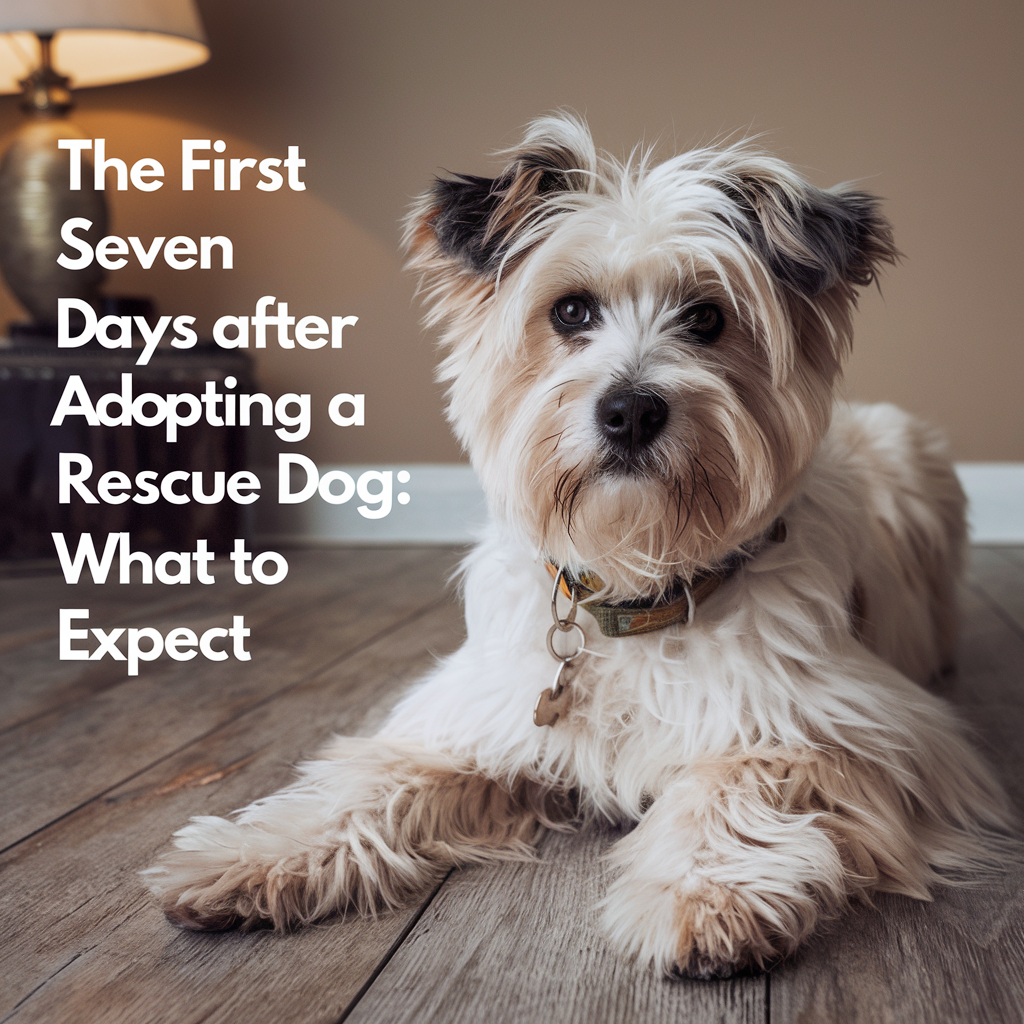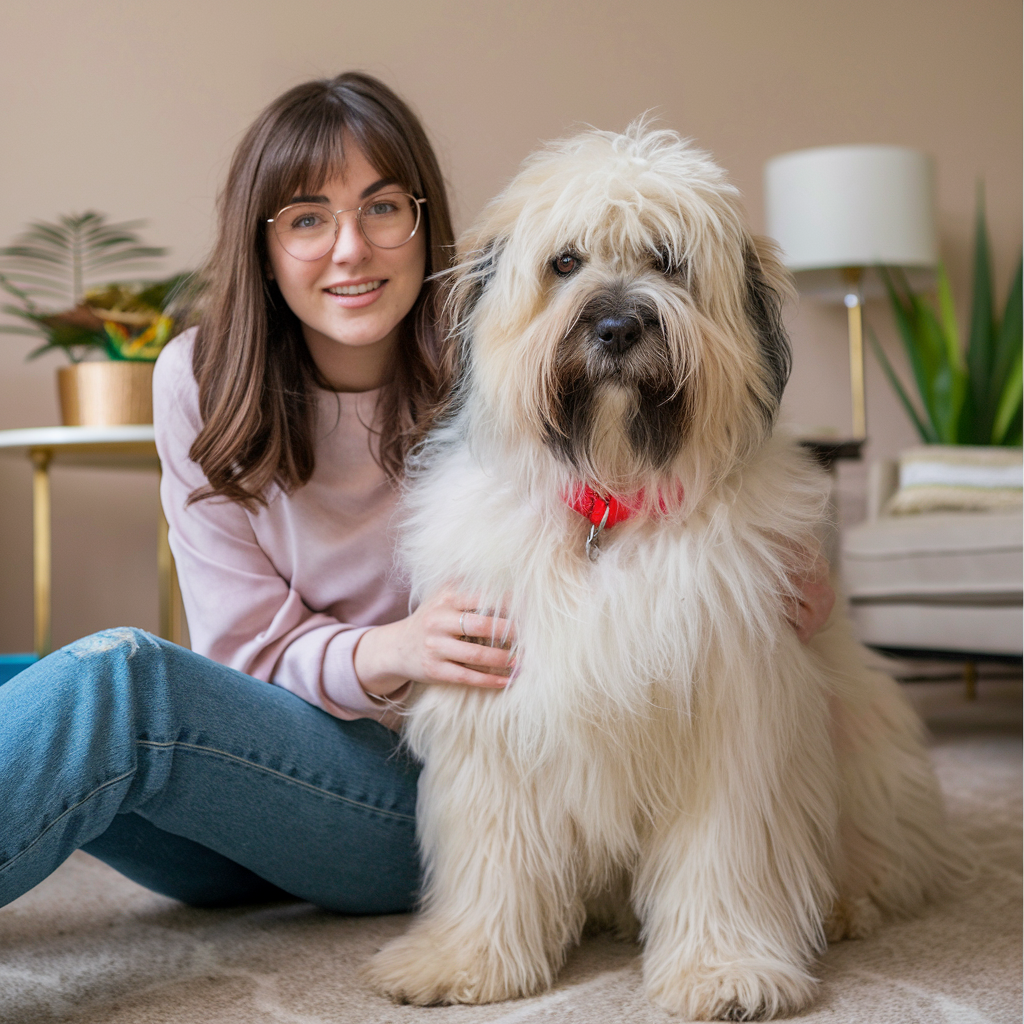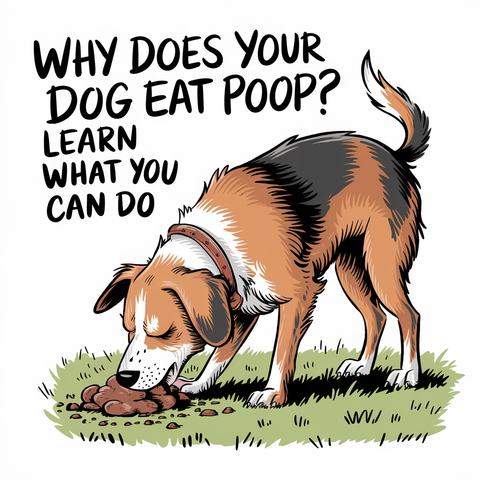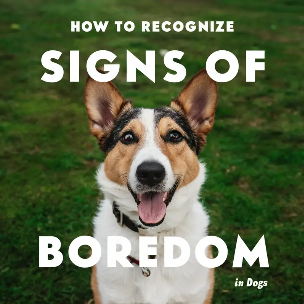
Day 1 – Bringing Your Rescue Dog Home and First Impressions
Bringing home a rescue dog is an exciting and emotional moment. You’ve spent time preparing, choosing the right pup, and now it’s finally time to start your journey together. But while you might be eager to shower them with love, your rescue dog is likely feeling nervous, overwhelmed, and unsure of what’s happening.
The first day sets the tone for the relationship you’ll build, so the key is to stay calm, go slow, and give them space to adjust.
Step 1: The Car Ride Home – Keep It Low-Key
✔ Use a secure crate or harness – Safety first! Your new pup may be anxious or restless, so securing them helps prevent unexpected movement.
✔ No overwhelming greetings – As tempting as it is to let them meet family and friends right away, keep things quiet.
✔ Expect some car sickness or whining – Many rescue dogs aren’t used to car rides, so if they seem uneasy, just speak in a calm, reassuring tone.
Step 2: Introducing Them to Their New Home
When you arrive, don’t just open the door and let them rush inside. Instead, follow these steps:
✔ Take them on a short walk first – This helps burn off nervous energy and lets them go potty before entering the house.
✔ Keep them on a leash initially – Slowly guide them through the home so they don’t feel overwhelmed by too much space too soon.
✔ Lead them to their designated “safe space” – Whether it’s a crate, dog bed, or quiet corner, having a safe place gives them comfort.

🔗 For more on the crucial first few days, check out Adopting a Rescue Dog: How to Help Them Adjust to the First 3 Days.
Step 3: First Interactions – Let Them Come to You
✔ Avoid overwhelming them with affection – While you’re excited, too much attention can be scary at first.
✔ Let them explore at their own pace – Some dogs sniff everything, while others hide under furniture—both reactions are normal.
✔ Keep food and water easily accessible – Place their bowls in a quiet spot where they feel safe eating.
Common First-Day Reactions (and How to Handle Them)
✔ Shaking or hiding – Completely normal. Give them time and space to settle.
✔ Not eating right away – Some dogs need a day or two before they feel comfortable eating.
✔ Excessive panting or pacing – Stress-related but should calm down within a few hours.
Now that your new pup is home, one of the biggest questions is where they should sleep their first night. Let’s go over the best options next!

Where Should a Rescue Dog Sleep the First Night?
The first night in a new home can be confusing, stressful, and overwhelming for a rescue dog. Everything is different—the smells, the people, the sounds. They might not even understand that this is their forever home yet. That’s why choosing the right sleeping spot is crucial to helping them feel safe and secure.
Crate, Dog Bed, or Your Bed? Choosing the Best Option
✔ Crate (Best for Anxiety & House Training)
If your rescue dog is crate trained or has been in a shelter environment, a crate can provide a familiar sense of security.
- Make it cozy with a soft blanket and a few chew toys.
- Keep it near your bedroom so they don’t feel isolated.
- Don’t force them inside—let them explore it naturally.
✔ Dog Bed (Great for Giving Them Space but Keeping Them Close)
If your dog doesn’t like a crate, setting up a comfortable dog bed near your bed or in a quiet corner of the house may work better.
- Avoid placing the bed in high-traffic areas.
- Be consistent—wherever they sleep the first night should stay their spot.
✔ Your Bed (For Dogs That Need Extra Comfort)
Some rescue dogs instantly bond and don’t want to be alone. While letting them sleep in your bed might help ease their stress, it’s a decision that should be long-term—once they start, they may always expect to sleep with you!
Tips for a Peaceful First Night
✔ Don’t leave them alone – Even if they sleep in another room, check in on them if they start whining.
✔ Give them a shirt with your scent – Placing a worn t-shirt in their crate or bed can be comforting.
✔ Use calming aids – Soft music, a nightlight, or a ticking clock can help mimic familiar shelter sounds.
✔ Expect some whining – Don’t panic if they cry a little—this is a huge adjustment for them.
What If They Can’t Settle?
Some rescue dogs struggle to sleep the first few nights. If they seem restless, try:
✔ Taking them out for one last potty break before bed.
✔ Keeping a routine—lights out, quiet voices, and the same bedtime each night.
✔ Not responding to whining too quickly—wait a moment before comforting them so they learn to self-soothe.
A good first night’s sleep will make the next few days smoother. Now, let’s talk about the 3-3-3 rule, which explains the adjustment timeline for a rescue dog in a new home!

The 3-3-3 Rule: Understanding the Adjustment Period
Adopting a rescue dog isn’t just about bringing them home—it’s about helping them adjust. The 3-3-3 rule is a simple way to understand what your new dog is going through in the first three days, three weeks, and three months after adoption. It explains their mental state, behavioral changes, and what they need from you to feel safe and settled.
First 3 Days: Overwhelm & Survival Mode
✔ Your dog is feeling confused, scared, or shut down – Even if they wag their tail, they might still be stressed inside.
✔ They may not eat much or refuse treats – Their appetite might be off due to anxiety.
✔ Expect accidents indoors – Even if they’re potty trained, new environments can cause mistakes.
✔ They may hide, pace, or whine at night – Don’t take it personally—it’s just part of the process.
🔹 How to Help:
✔ Give them space—let them explore at their own pace.
✔ Stick to a calm routine—same mealtimes, same bedtime.
✔ Avoid forcing interactions—let them come to you when they’re ready.
✔ 🔗 For more on the critical first few days, read Adopting a Rescue Dog: How to Help Them Adjust to the First 3 Days.
First 3 Weeks: Beginning to Trust & Adjust
✔ Your dog is starting to learn the routine – They begin recognizing feeding times, potty breaks, and daily walks.
✔ More personality comes out – You may start seeing quirks, playfulness, or stubbornness.
✔ They may test boundaries – Some dogs push limits to see what’s allowed and what’s not (chewing furniture, jumping on the couch, etc.).
✔ Training starts now – This is the time to introduce basic commands and reward good behavior.
🔹 How to Help:
✔ Start socializing slowly—introduce them to new people and safe environments.
✔ Establish rules—if you don’t want them on the couch later, don’t allow it now.
✔ Encourage positive behaviors—reward good actions with treats and praise.
First 3 Months: Feeling at Home & Full Trust
✔ Your dog finally understands they are home – They feel secure, comfortable, and attached to you.
✔ Stronger bonds are formed – They trust you now, and their personality is in full bloom.
✔ Routine is second nature – They know the household schedule, rules, and expectations.
✔ Challenges might arise – Some dogs develop separation anxiety or resource guarding once they feel at home.
🔹 How to Help:
✔ Continue consistent training—good habits should be reinforced long-term.
✔ Keep them mentally stimulated with toys, games, and enrichment activities.
✔ Give them plenty of love and patience—even well-adjusted dogs need ongoing support.
The 3-3-3 rule isn’t a strict timeline—every rescue dog is different. Some may adjust in days, while others need months to fully relax. The key is patience, structure, and understanding.
Now that you know what to expect in the first seven days and beyond, let’s talk about some of the biggest challenges new rescue dog owners face—and how to handle them.

What to Expect in the First Seven Days
The first week after bringing home a rescue dog is a rollercoaster of emotions—for both you and your new pup. This is when you start seeing their true personality, but it’s also when some unexpected challenges might pop up. It’s normal! Every rescue dog needs time to decompress and figure out their new world.
Day 1-2: Nervousness & Exploration
✔ Your dog might be hesitant – Some dogs hide, while others pace or sniff every inch of the house.
✔ Eating habits might be off – Some will gulp food quickly out of anxiety, while others won’t eat at all.
✔ Bathroom accidents are common – Even if they were house-trained, expect a few accidents as they adjust.
🔹 How to Help:
✔ Keep interactions calm and slow—no loud noises, no big introductions.
✔ Stick to a feeding schedule—same time, same place every day.
✔ Take them outside frequently—praise them for doing their business outside.
Day 3-4: The First Signs of Personality
✔ Your dog starts exploring more – They might be braver and move around the house freely.
✔ You’ll notice some quirks – Maybe they like sleeping in weird spots or zooming around the yard.
✔ Behavior tests begin – Some dogs start pushing boundaries (chewing, barking, ignoring commands).
🔹 How to Help:
✔ Set clear, gentle rules from the start—don’t allow behaviors now that you won’t tolerate later.
✔ Introduce short training sessions—start with simple commands like “sit” and “stay.”
✔ 🔗 If your dog starts eating things they shouldn’t, read Why Does My Dog Eat Poop? Common Solutions to This Unappetizing Problem.
Day 5-7: Confidence & Testing Limits
✔ More energy and excitement – They start acting like they own the place (in a good way!).
✔ Separation anxiety might show up – If they panic when you leave, they’re starting to bond with you.
✔ Destructive behaviors may begin – Some dogs chew furniture or dig as they get more comfortable.
🔹 How to Help:
✔ Increase playtime—burn off energy with fetch, walks, or enrichment toys.
✔ Use crate training for anxious pups—make it a positive space, never a punishment.
✔ 🔗 Need ways to keep your rescue dog entertained? Try these Indoor Adventures: Engaging Activities to Keep Your Pets Entertained and Active.
The first seven days are all about patience, structure, and trust-building. Some dogs adjust quickly, while others take more time—both are completely normal. The key is to set them up for long-term success.
Next, let’s dive into the questions you should ask when adopting a rescue dog—and why knowing their history can help you support them better.

Questions to Ask When Adopting a Rescue Dog
Before bringing home a rescue dog, there are a few key things you should ask to better understand their background, behavior, and needs. Every rescue dog has a unique story, and knowing as much as possible about their past can help you set them up for success.
What Do You Know About Their History?
✔ Where did they come from? – Were they found as a stray, surrendered by a previous owner, or rescued from a bad situation?
✔ Have they lived in a home before? – A dog that’s only known a shelter or the streets might need extra time to adjust to home life.
✔ Any history of trauma or abuse? – Some rescue dogs fear loud noises, men, or fast movements due to past experiences.
How Have They Behaved in the Shelter or Foster Home?
✔ Are they social or shy? – Some dogs love people instantly, while others take time to warm up.
✔ Do they get along with other pets? – If you have another dog or cat, knowing this before adoption is key.
✔ Have they shown signs of separation anxiety? – Some dogs struggle being left alone and need gradual training.
What Do You Know About Their Health?
✔ Have they been fully vetted? – Ensure they’ve had vaccinations, flea/tick prevention, and a recent check-up.
✔ Do they have any known allergies or medical conditions? – Some dogs require special diets or medication.
✔ Are they spayed/neutered? – Many shelters do this before adoption, but it’s good to confirm.
🔹 Keeping up with their health and hygiene is key. Check out these grooming tips for a well-maintained coat: Grooming Tips for a Shiny and Well-Maintained Pet Coat.
What Training Have They Had?
✔ Are they house-trained? – If not, you’ll need to start a training routine immediately.
✔ Do they know basic commands? – Even if they don’t, many rescue dogs are eager to learn with positive reinforcement.
✔ Have they had leash training? – Some rescue dogs pull on the leash or freeze in fear, so ask about their experience.
What Food Have They Been Eating?
✔ Sticking to the same diet at first can help prevent stomach issues.
✔ Gradual food changes are best if you plan to switch to a different brand.
Asking these questions before adoption can prevent surprises and help your new rescue dog adjust more smoothly. Now, let’s look at some of the biggest challenges new owners face—and how to handle them with confidence.

Common Challenges and How to Overcome Them
Adopting a rescue dog is rewarding, but it isn’t always smooth sailing. The first few weeks can come with unexpected hurdles, from behavioral issues to health concerns. The good news? With patience, structure, and a little problem-solving, most challenges can be managed and improved.
Separation Anxiety: Helping Your Dog Feel Secure
Some rescue dogs become extremely attached to their new owners and struggle when left alone. This can lead to whining, pacing, destructive chewing, or even accidents in the house.
How to Help:
- Start with short departures (5-10 minutes) and gradually increase the time away.
- Leave a safe chew toy or puzzle feeder to keep them occupied.
- Keep goodbyes and greetings low-key to avoid making a big deal out of leaving.
- Consider crate training as a comforting space, not a punishment.
Fear-Based Reactions: Building Trust the Right Way
Many rescue dogs shut down, flinch, or hide due to past trauma. Others may bark at strangers, loud noises, or unfamiliar objects.
How to Help:
- Let them approach new people and things at their own pace.
- Avoid forcing them into stressful situations—this can backfire.
- Use positive reinforcement (treats, praise) when they show confidence.
- Provide a consistent routine so they feel safe and know what to expect.
House Training Issues: Accidents Happen
Even if your rescue dog was previously house-trained, accidents are common in a new home.
How to Help:
- Take them out frequently—especially after eating, drinking, and waking up.
- Use the same potty spot to reinforce routine.
- Praise and reward every successful trip outside.
- If an accident happens, clean it up without scolding them—they may not understand why you’re upset.
🔹 Need more ways to keep your dog engaged while training? Try these brain-boosting activities: Unleashing Your Dog’s Hidden Potential with Brain Training.
Introducing Them to Other Pets: Slow and Steady Wins
If you already have a dog or cat, introducing a rescue dog requires patience. Rushing the process can lead to fear, tension, or even fights.
How to Help:
- Start with neutral ground introductions (like a backyard or quiet park).
- Keep early interactions short and positive.
- Never force them to interact—give them space to retreat.
- Watch for signs of stress (stiff body language, growling, avoidance).
Adjusting to a new home takes time. The key is to be patient, consistent, and understanding as your rescue dog learns to trust you.
Next, let’s explore how long it actually takes for a rescue dog to feel fully at home—and what signs to look for along the way.

How Long Does It Take a Rescue Dog to Adjust to a New Home?
Every rescue dog adjusts at their own pace. Some settle in quickly, while others take weeks or even months to feel truly at home. It all depends on their past experiences, personality, and how much structure and support you provide.
The Adjustment Timeline: What to Expect
✔ First Week: Your dog is still figuring things out. They may be nervous, quiet, or overly energetic as they explore their new environment.
✔ First Month: They start feeling more comfortable, learning your routines, and showing their true personality.
✔ Three Months In: By now, most dogs fully understand they’re home. They feel safe, bonded, and confident in their new life.
Some dogs adjust faster, while others need extra time. Patience and consistency are key to helping them feel at ease.
Signs Your Rescue Dog Is Adjusting Well
✔ Eating regularly – They have a steady appetite and show excitement at mealtime.
✔ Sleeping peacefully – No longer pacing or whining at night.
✔ Confidence grows – They explore more, interact with you, and engage in play.
✔ Less fearful reactions – They aren’t as startled by noises or new experiences.
✔ Bonding with you – They seek affection, wag their tail more, and enjoy being near you.
🔹 For more ways to keep your rescue dog happy and engaged, check out: Indoor Adventures: Engaging Activities to Keep Your Pets Entertained and Active.
What If Your Rescue Dog Is Taking Longer to Adjust?
If after several months your dog still seems extremely fearful, anxious, or withdrawn, it might be time to:
✔ Evaluate their environment – Are there too many changes happening at once? A quieter setting might help.
✔ Adjust your training approach – Are they responding better to treats, toys, or verbal praise?
✔ Consult a professional – A dog behaviorist or trainer can help work through deeper anxiety or past trauma.
Every rescue dog deserves patience, love, and time to heal. Some have never known what a real home is like—you’re giving them something they’ve never had before: security and love.
Now that your dog is settling in, let’s talk about something just as important—keeping them healthy and well-groomed for a happy life ahead.

Caring for Your Rescue Dog’s Health and Hygiene
A healthy dog is a happy dog, and that’s especially true for rescue dogs who may not have had the best care in their past. Keeping up with their grooming, dental care, and overall health will help them feel more comfortable and confident in their new home.
Grooming: More Than Just Looking Good
Regular grooming is not just for appearances—it helps with skin health, shedding control, and bonding. Some rescue dogs aren’t used to being brushed or bathed, so introduce grooming slowly and positively.
✔ Brushing: Removes loose fur, prevents matting, and distributes natural oils.
✔ Bathing: Use a gentle, dog-friendly shampoo every few weeks (unless they roll in something gross!).
✔ Nail Trimming: Keeps paws comfortable and prevents painful cracking or splitting.
🔹 Want expert grooming advice? Read: Grooming Tips for a Shiny and Well-Maintained Pet Coat.
Dental Care: A Commonly Overlooked Necessity
Bad breath isn’t just annoying—it’s often a sign of dental disease. Many rescue dogs have never had proper dental care, so it’s important to start a routine early.
✔ Use dog-friendly toothpaste (never human toothpaste!).
✔ Brush their teeth a few times a week to prevent tartar buildup.
✔ Offer dental chews or toys to help clean their teeth naturally.
🔹 For a full guide on keeping your dog’s teeth healthy, check out: The Importance of Brushing Your Dog’s Teeth.
Flea & Parasite Prevention
Even if your rescue dog looks clean, fleas, ticks, and worms could be lingering from their time in a shelter or on the streets.
✔ Use vet-recommended flea and tick prevention every month.
✔ Get a fecal test from your vet to check for parasites.
✔ Keep your yard clean and trimmed to minimize flea exposure.
🔹 Curious if fleas can survive in colder months? Find out here: Can Fleas Survive Winter? What You Need to Know.
Vet Visits & Vaccinations
After adopting, a vet visit should be scheduled within the first week to:
✔ Get a health check-up and address any concerns.
✔ Ensure vaccinations are up to date.
✔ Discuss spaying or neutering, if not already done.
Keeping up with your dog’s health and hygiene ensures they feel their best in their new home. Now, let’s talk about how to keep them mentally engaged and prevent boredom-related behaviors.

Keeping Your Rescue Dog Mentally Engaged
A bored dog is a destructive dog, and that’s especially true for rescue dogs who may not be used to structure, play, or mental stimulation. Engaging their mind reduces anxiety, builds confidence, and strengthens your bond.
Puzzle Toys & Brain Games
Rescue dogs love problem-solving—it gives them a sense of purpose and accomplishment. Puzzle toys and brain games help prevent boredom and destructive behaviors.
✔ Food puzzles: Slow feeders, snuffle mats, and treat-dispensing toys make mealtime more exciting.
✔ Hide-and-seek: Hide treats or toys around the house and encourage your dog to sniff them out.
✔ Interactive training: Teaching new tricks, like “spin” or “high five,” challenges their brain.
🔹 Want more ways to challenge your pup? Read: Unleashing Your Dog’s Hidden Potential with Brain Training.
Physical Exercise: More Than Just Walks
Physical activity isn’t just about burning energy—it also keeps dogs mentally balanced and happy.
✔ Daily walks: Not just for exercise, but also for new sights, smells, and socialization.
✔ Agility or obstacle courses: Even basic backyard setups keep them engaged.
✔ Tug-of-war & fetch: Classic games that stimulate their mind and strengthen your bond.
Socialization & New Experiences
Rescue dogs often haven’t had many life experiences—helping them explore the world at their own pace builds confidence.
✔ Take them on new adventures: A quiet park, pet-friendly stores, or short car rides.
✔ Introduce them to different surfaces: Grass, sand, wood floors—it’s all new to some dogs.
✔ Let them meet new people (slowly): Some may be nervous at first, so let them decide when they’re ready.
🔹 Looking for fun ways to keep your dog entertained indoors? Check out: Indoor Adventures: Engaging Activities to Keep Your Pets Entertained and Active.

Why Mental Stimulation Matters for a Rescue Dog
✔ Reduces stress and anxiety.
✔ Prevents destructive behaviors like chewing and excessive barking.
✔ Strengthens the bond between you and your new best friend.
A rescue dog’s journey doesn’t end once they’re adopted—it’s just the beginning. Keeping them mentally engaged and physically active helps them truly thrive in their new home.
By now, your rescue dog has adjusted, built trust, and started a new life with you. Every challenge, every small victory, and every wag of their tail proves just how incredible these dogs are.
Give them love, patience, and the best life possible—and they’ll return the favor tenfold.
As an Amazon Associate we earn from qualifying purchases through some links in our articles.




